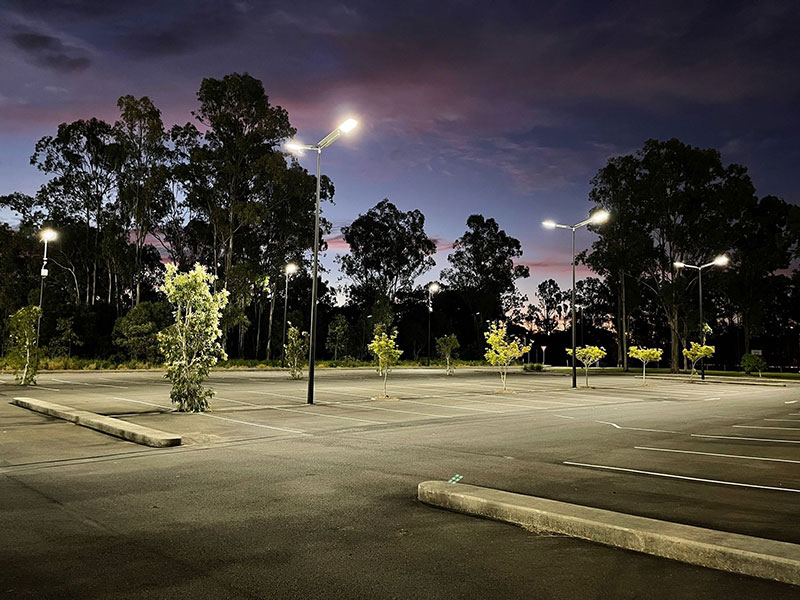Introduction
In recent years, there has been a remarkable shift towards sustainable and eco-friendly lighting solutions. One of the most prominent innovations in this realm is LED solar lights. These remarkable devices have gained immense popularity due to their energy efficiency, environmental friendliness, and versatility. In this article, we will explore the many facets of LED solar lights and shed light on why they are illuminating the path towards a brighter, more sustainable future.

The Power of the Sun
At the heart of LED solar lights lies a simple yet groundbreaking concept: harnessing the power of the sun. Solar lights are equipped with photovoltaic (PV) cells that capture sunlight during the day and convert it into electricity. This stored energy is then used to power LEDs (Light Emitting Diodes) when the sun goes down. This clean and renewable energy source eliminates the need for traditional grid electricity, reducing both energy bills and carbon footprints.
Energy Efficiency: A Shining Star
One of the most significant advantages of LED solar lights is their exceptional energy efficiency. LEDs are highly efficient in converting electricity into light. They consume up to 80% less energy compared to traditional incandescent bulbs. This efficiency translates into longer-lasting illumination and reduced energy costs. Moreover, LED solar lights are designed to provide consistent and high-quality lighting throughout their lifespan, making them a reliable choice for various applications.
Versatility and Accessibility
LED solar lights come in a wide range of shapes and sizes, making them suitable for various applications. From decorative garden lights to powerful floodlights, there's an LED solar light for almost every need. They can be installed easily without the hassle of wiring, making them a convenient choice for both residential and commercial properties. Additionally, LED solar lights are often used in remote or off-grid areas where access to electricity is limited, providing much-needed illumination for safety and security.
Environmentally Friendly
LED solar lights are a beacon of environmental friendliness. They produce no harmful emissions and have a minimal impact on the environment. By reducing the demand for electricity generated from fossil fuels, they contribute to lowering greenhouse gas emissions and mitigating climate change. Furthermore, LED bulbs contain no toxic materials, making them easy to recycle and dispose of responsibly.
Low Maintenance and Durability
Maintenance is often a concern with outdoor lighting systems, but LED solar lights require minimal attention. They have a long lifespan, often exceeding 50,000 hours of use, which means fewer replacements and less waste. These lights are designed to withstand harsh weather conditions, from heavy rain to scorching sun, ensuring reliable performance year-round.
Cost-Effective Lighting Solution
While the initial cost of LED solar lights may be higher than traditional lighting options, the long-term savings are substantial. As mentioned earlier, they consume significantly less electricity, leading to lower energy bills. Additionally, the absence of wiring and the reduced maintenance requirements mean lower installation and upkeep costs over time. Many governments and organizations also offer incentives and subsidies for adopting solar lighting, making it even more cost-effective.
Conclusion
LED solar lights are not just a source of illumination; they are beacons of hope for a sustainable future. Their energy efficiency, environmental friendliness, versatility, and cost-effectiveness make them an attractive lighting solution for both residential and commercial spaces. As technology continues to advance, we can expect even more innovative and efficient LED solar lighting options to emerge, further brightening the path towards a greener and brighter world. So, if you're looking to light up your life while reducing your environmental footprint, consider making the switch to LED solar lights. They are truly illuminating the way forward.
